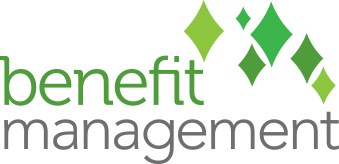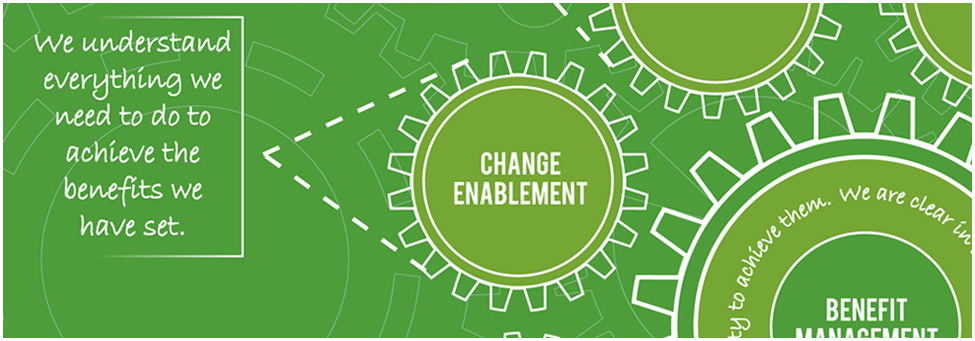Change Enablement
“I can’t change the direction of the wind, but I can adjust my sails to always reach my destination.”
– Jimmy Dean
Projects and programs are undertaken to affect change for the purpose of improving the status quo. Change enablement is about making sure that the people, structures and processes are in place to support the change that projects or programs deliver. The change may be internal to an organisation, for example, setting up a program management office (PMO) capability. It may be delivered by the portfolio to an external party, for example, the implementation of an information system into a hospital. There is a common misperception that once a project has delivered its outputs, or a program its outcomes, then the change will naturally embed and the benefits will arise. But this is a myth! Let’s say we establish a PMO. Within the space of a month, we set up the office, create the required positions, and even hire people and move people from different sections. So we’re ready to go. Well, maybe not quite. Consider some fundamental enabling changes such as the skill mix of the PMO staff – does anyone need any training? Are the tools and systems in place to support PMO functions? And above all, how has the establishment of the PMO been socialised to the rest of the organisation? Has buy-in been sought from key stakeholders? Clearly there are some fundamental gaps in the change management planning – known as enabling changes – that need to be fulfilled before the PMO can be a success.
Benefit Management has assisted organisations across both private and public sectors understand the linkages between project outputs, change enablement activities and benefits. In a large transport program, Benefit Management assisted program managers by mapping project outputs to the expected benefits outlined in the business case. Through this process, we were able to identify gaps in the enabling changes that had been previously considered. These change enablers included identifying work required in changing policy, process and behaviours that were needed to facilitate the socio-economic benefits that the client was seeking. This was a significant step forward for the organisation. It allowed them to start conversations with a range of stakeholders on how and when these enabling changes would take place in order to support the program deliver the intended benefits.
Challenges We Find
- Capabilities required to embed the change are not in place when the project is implemented
- Change enablement is not seen as the responsibility of anyone in the change program
- It is expected that the change will logically embed and benefits will be realised once project outputs have been delivered
- It is not clear what changes need to be enabled to ensure benefits are realised
Examples of how we can help
- Mapping the logic of how project outputs, combined with the required change enablers, can lead to benefits
- Working with stakeholders to ensure a clear understanding of the enabling changes required
- Developing change enablement systems and practices to be implemented throughout the organisation
- Informing change management plans and change management scope through mapping of the enabling changes required


